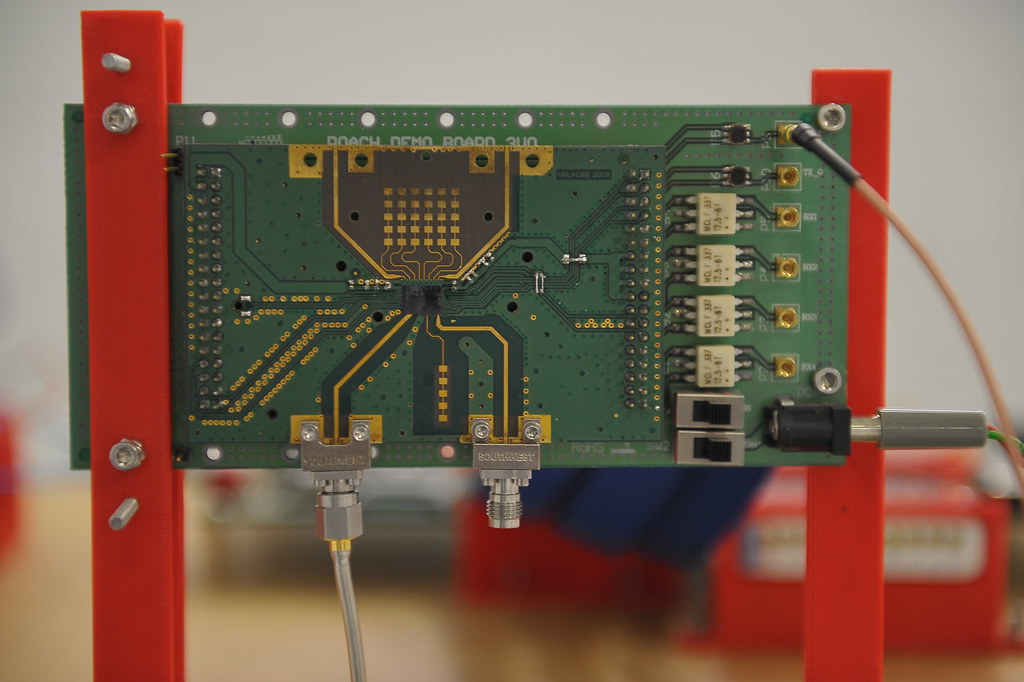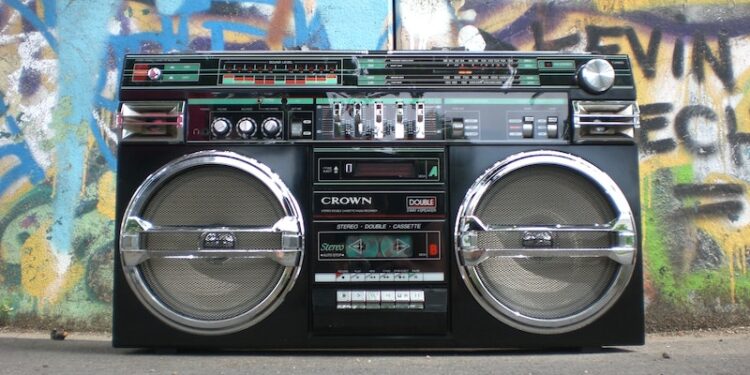Among many wonders of the modern world that we take for granted is radio. Radio is everywhere around us and is widely used in many applications, not just the actual radio in your home or car. But what actually is radio? How does it work? In the article that follows we will be looking at radio frequency (RF) and its many uses. To begin with, let’s have a simple explanation of what RF is, and how it does its magic tricks.
Radio Frequency Explained
So what is Radio Frequency? If we try to apply a simple scientific explanation it’s important to understand that radio is all about oscillation and electromagnetics. We’ll try and put it in the simplest possible words.
Each of the radio stations you listen to is broadcast at a specific frequency. This frequency is a measurement of the oscillation rate of the electromagnetic waves involved. There are many radio frequencies across a range from 300GHz to 9KHz, from high to low. Basically, each of these frequencies carries electrical impulses that we use to generate a signal. This is where you and your radio come into play.
Using transmitters to transmit these RF radio waves and antennas to receive them we can send messages, music, and signals through space. If we go too far into the science, we are likely to confuse all but the qualified among you. RF waves are a form of radiation – as the name radio suggests – and it is this link that brings about some controversy and concern over RF technology. We will cover that subject in the closing part of this article. First, let’s talk about what RF technology is commonly used for.
What is RF Used For?
It is widely accepted that Guglielmo Marconi, an Italian scientist, demonstrated the first radio apparatus in 1896. However, it is acknowledged that a Russian, Aleksandr Popov, also demonstrated a version of radio around the same time. The two men were working on their projects individually and arrived at similar conclusions albeit with notably different apparatus. Marconi continued with the radio and became successful in business with his new invention, while Popov moved on to other projects, effectively abandoning his radio idea, hence being forgotten until recent years.

Radio was initially used solely for communication and
then for broadcasting. The same process is used today in improved and modified
form for radio and TV broadcasts. However, more uses for RF technology have come to the fore
in the latter part of the 20th and early 21st century, some of which you may not realize are radio
frequency devices.
When you use a contactless debit or credit card you are using an RF chip. It broadcasts an RF frequency signal to complete the process. If you open your car doors remotely that may also be RF technology. It is used in TV remote control units, microwaves, and in many ID cards where information is stored in RF form. It’s also the way your mobile phone works, as that is all radio frequency transmission. Your Wi-Fi at home or in the office is RF technology, too.
RF is all around us and helps in our daily lives without us even thinking about it. Now, of course, you will have heard of these claims that RF technology can cause cancer and damage the brain. This has been particularly concerning to many with the introduction of 5G technology in some countries. Radiation is the buzzword, but to understand things you need to know there are two different types of radiation, so let’s make that explanation the closing part of our RF article.
RF Safety
The link between RF and radiation has been the cause of many concerns, most of which are unfounded. Let’s see why.
For radiation to cause cancer – and some forms of radiation most certainly can – it needs to be the form of radiation that changes the format of an atom by removing the electrons. This will cause a mutation and can lead to cancerous growth. This sort of radiation is called ‘ionizing radiation. Ionizing radiation is found in the high frequency, short-wavelength range of radio frequencies. This sort of radiation is emitted by atomic radioactive substances, and also by x-rays and gamma rays. These are the high-power RF emissions.
The type of radiation emitted by 5G structures, by your phone, your microwave, and the other daily items using RF technology is known as ‘non-ionizing radiation’. This is the low-power version of RF from the lower frequencies, as used for broadcasting. RF technology is non-ionizing, therefore cannot remove electrons from the atoms as it is not powerful enough.
Therefore, we can conclude that RF technology devices are entirely safe. Have a look around you and you’ll see many household items that use this wonder of modern technology to make our lives easier.











